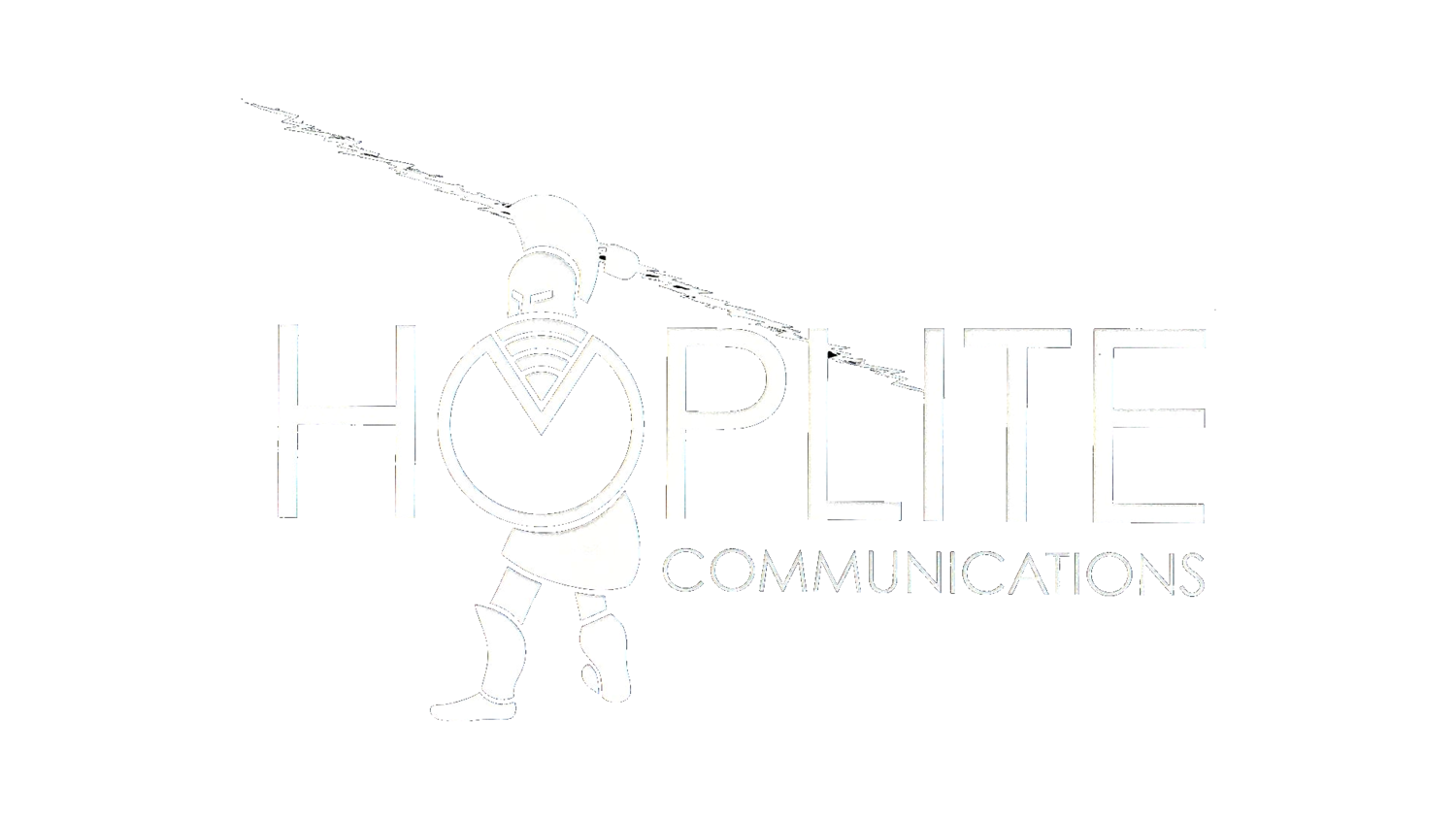5G Challenges
The nature and scale of the deployment will be unfamiliar to counties and municipalities and will present unique safety, aesthetic and monetization challenges.
Physical Deployment
Whereas, existing LTE technology utilizes rooftops and widely spaced towers to propagate RF signals, 5G antennas will need to be spaced much more closely together. This will require the use of public rights-of-way for the placement of antennas and equipment on telephone poles, traffic lights and street lamps.
RF Emission Levels
There is much concern circulating on social media about 5G signals posing a danger and hazard to ordinary residents. Antennas will be closer together and installed at lower heights, closer to the public. Broadcast frequencies will be higher. It will be difficult to distinguish fact from fiction when it comes to determining whether radiation levels are safe.
Legal Framework
Regulations governing LTE technology are long established. 5G deployments will call into play an entirely new set of laws and regulations. Widespread use of public streets for antenna placement will trigger an overlapping mesh of federal, state and local communications laws, zoning regulations and laws pertaining to utilities and usage of the right-of-way.
Monetization
The traditional model whereby a wireless carrier would pay fair market value for the use of private or public land to install its cell phone towers will be replaced by a right-of-way model, where local towns are compensated on an annual basis by carriers for the use of public streets.
Hoplite Solutions
See how Hoplite can help your municipality safely and effectively manage the impending 5G revolution.





